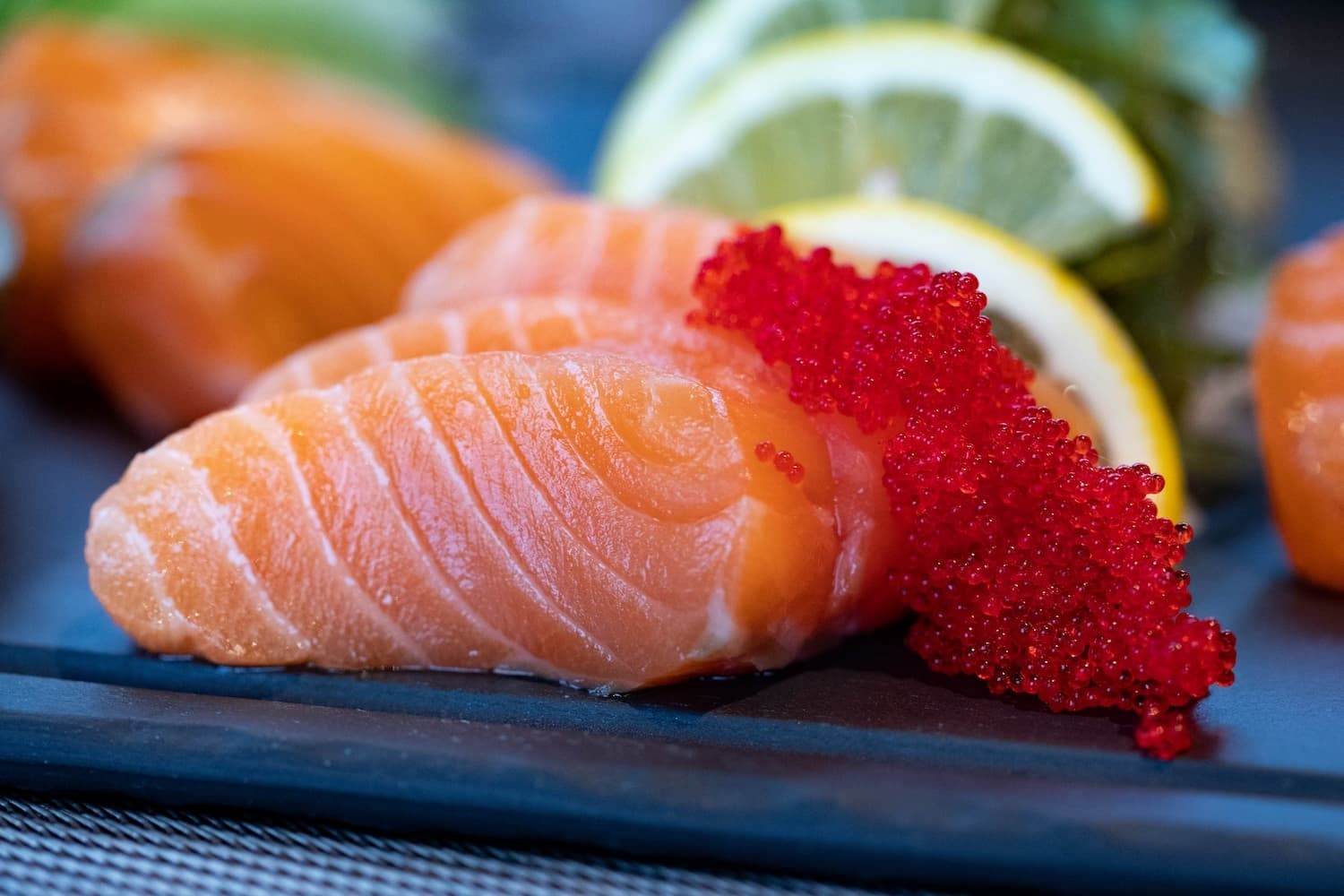
Raw food diets have been around for a number of years now, with many people swearing by them. But what exactly is a raw food diet, and is it as healthy as raw foodists claim?
What is a Raw Diet?
The basic part of raw diets is that 75 percent of the food that is eaten is not cooked, as cooking destroys the enzymes in the food that help with digestion. These foods include fruit, vegetables, nuts, seeds, legumes, seaweed, dried fruit, freshly made juices and mineral water. Dried food is allowed as part of the diet as the drying process doesn't get hot enough to kill off the enzymes.
Cooking techniques that are used as part of a raw food diet include:
- sprouting seeds, grains and beans
- juicing
- soaking nuts and dried fruit
- blending
- dehydrating
Benefits of a Raw Food Diet
Most of the raw foods that are eaten as part of the diet are very high in vitamins and minerals, which are vital to good health. As a bonus, they are easily digested by the body, thanks to their water-soluble vitamins. This contributes to a higher energy level. There is also a high water content in fruit and vegetables, alleviating constipation that can sometimes accompany a high-fibre diet.
Eating raw vegetables preserves the essential vitamins that your body needs to function properly. Cooking them significantly reduces the vitamin C content, which is found in a variety of leafy greens and cruciferous vegetables, including raw broccoli.
Because you are getting essential nutrients from raw fruit and vegetables, you are less likely to suffer from disease, and you may have clearer skin, and stronger hair and nails. A raw food diet can also assist with weight loss. There are less saturated and trans fats in a raw food diet, so you may be able to reduce your risk of heart disease.
Source: FindaTopDoc.com
Potential Issues with a Raw Food Diet
While raw food diets offer a plethora of health benefits, consuming raw meat is strongly discouraged as it may lead to foodborne illness or food poisoning. You're better off replacing your raw meat diet with raw plant foods, including nuts and seeds, and raw dairy. Even though nuts and seeds contain protein, they don't contain the same amount of amino acids that meat does, meaning that you need to eat more of these to make up for the amino acids that the body needs.
Cooked foods eaten with raw foods can cause indigestion due to the different stomach acids that are being produced, and the high amount of fibre in the diet leads to increased toilet visits and can also increase the amount of flatulence that you suffer from.
If you are switching to a raw food diet from another diet, you may find that you are going through the symptoms of detoxification. This is due to the toxins that are found in many standard diets, such as additives, preservatives, pesticide residue, and so forth.
Be aware that some foods have more nutritional contents when they are cooked, as the cooking process can actually release the compounds in food. One example of this is lycopene—much more is available in cooked tomatoes than in raw ones.
Raw food diets may not be suitable for children, pregnant or breastfeeding women, people with anaemia or those who are at risk for osteoporosis. If you do not have the time to devote to preparing a homemade diet that consists of raw food items, maybe it is best that you do not follow a raw diet as many of the foods need to be prepared from scratch, and the ingredients may be hard to find.
Nutritional deficiencies may occur if the diet is not followed properly, including deficiencies in:
- Calcium
- Iron
- vitamin B12
- Protein
- Calories
Which are the Best Vegetables to Eat Raw?
The nutritional benefit of eating vegetables raw is undeniable. Because their water-soluble and fat-soluble vitamins are intact, as well as their natural enzymes, this reduces the likelihood of digestive distress. However, some cooked vegetables have more potential benefits than when eaten raw. So, if you're dead set on incorporating raw veggies into your healthy diet, note down the items on this list:
- Beets
- Arugula
- Brussels sprouts
- Broccoli
- Asparagus
- Parsnips
- Kale
- Artichokes
- Zucchini
- Celery
- Lettuce
- Green beans
- Collard greens
- Red bell peppers
- Snow peas
- Spinach
How to Prepare a Raw Food Diet
When eating raw vegetables, ensure that they are free of pathogens. It's ideal if you can find organically grown vegetables in your area. Also, follow these precautions to ensure that you are eating raw vegetables safely:
- Choose vegetables that are not damaged or discoloured. Check the texture because you want firm, not limp vegetables. If possible, choose vegetables that are in season.
- Make sure they don't come into contact with raw meats or other unprocessed foods. Fresh and ready-to-eat vegetables should be stored on the top shelf of the refrigerator, while fresh meat, fish and poultry should be stored on the bottom shelf.
- Before handling raw plant foods, thoroughly wash your hands under running water. Use a veggie brush to clean hard-textured vegetables like beets and zucchini.
- Use a separate cutting board for vegetables; otherwise, you risk contaminating them if you use the same cutting board on which you chop fresh meat.
While a raw food diet is low in calories and high in fibre, and following one can help in the prevention or management of a variety of health conditions, it is important to note that it has drawbacks. With this type of diet, there is a high risk of food poisoning from a single misstep in handling. It's best to talk to a nutritionist or dietitian about how to eat raw foods safely and sustainably.
Originally published on Mar 30, 2009








